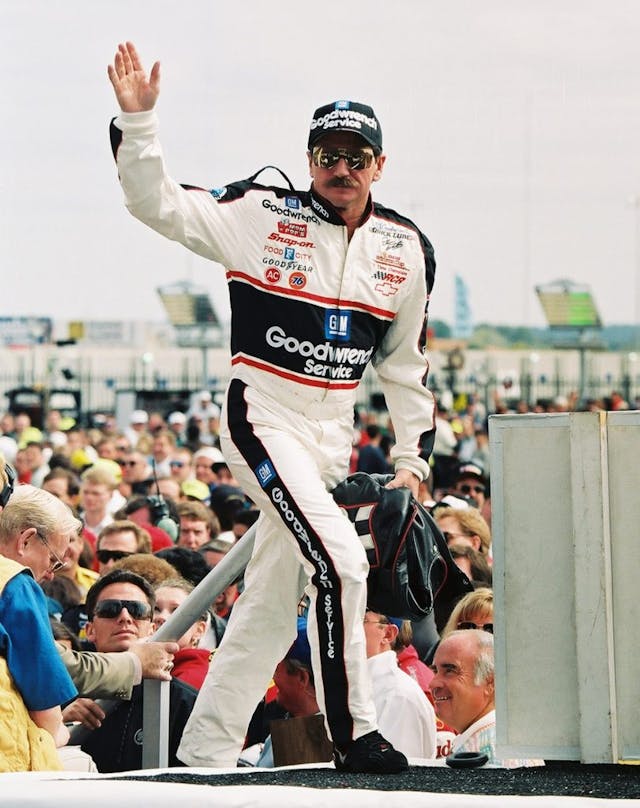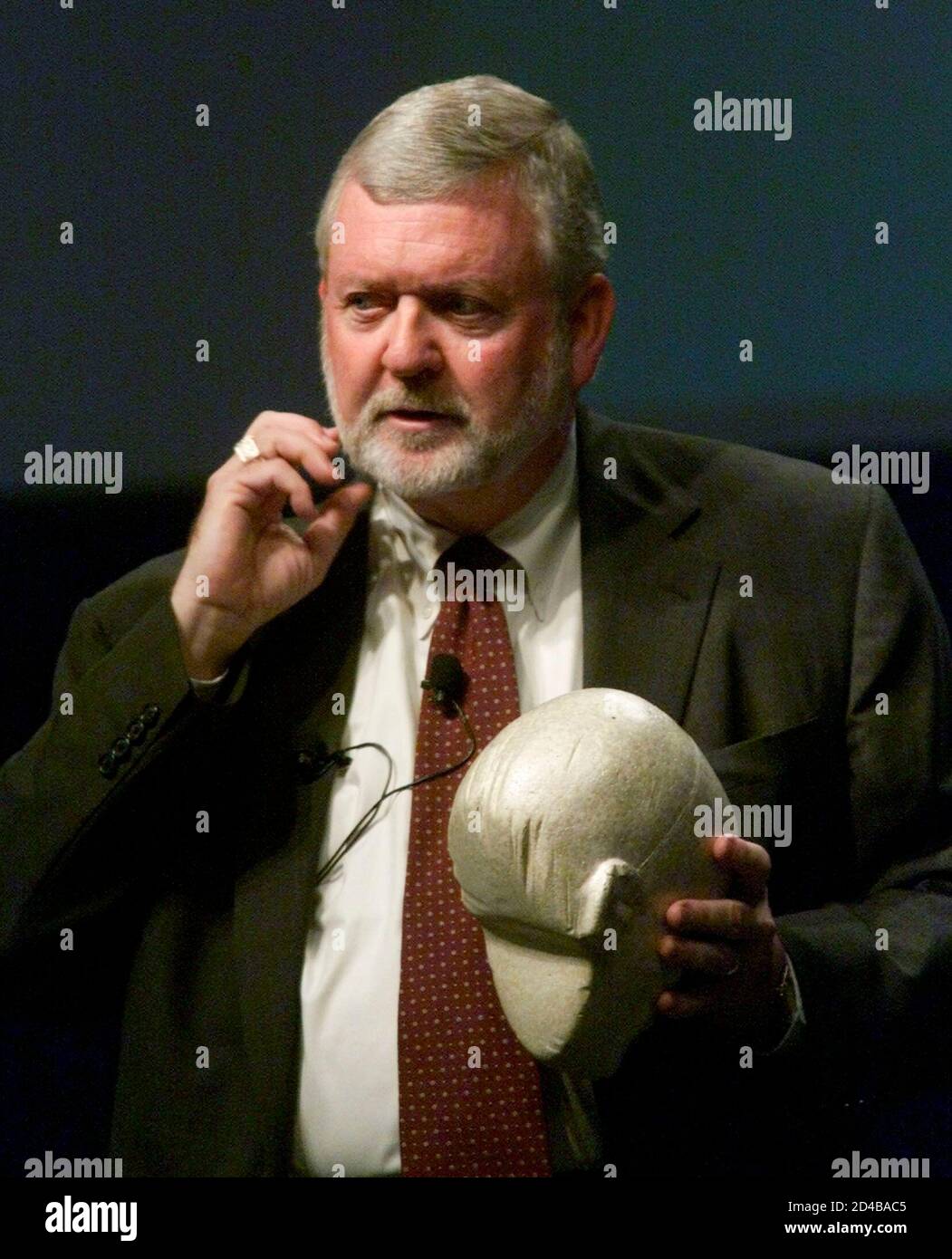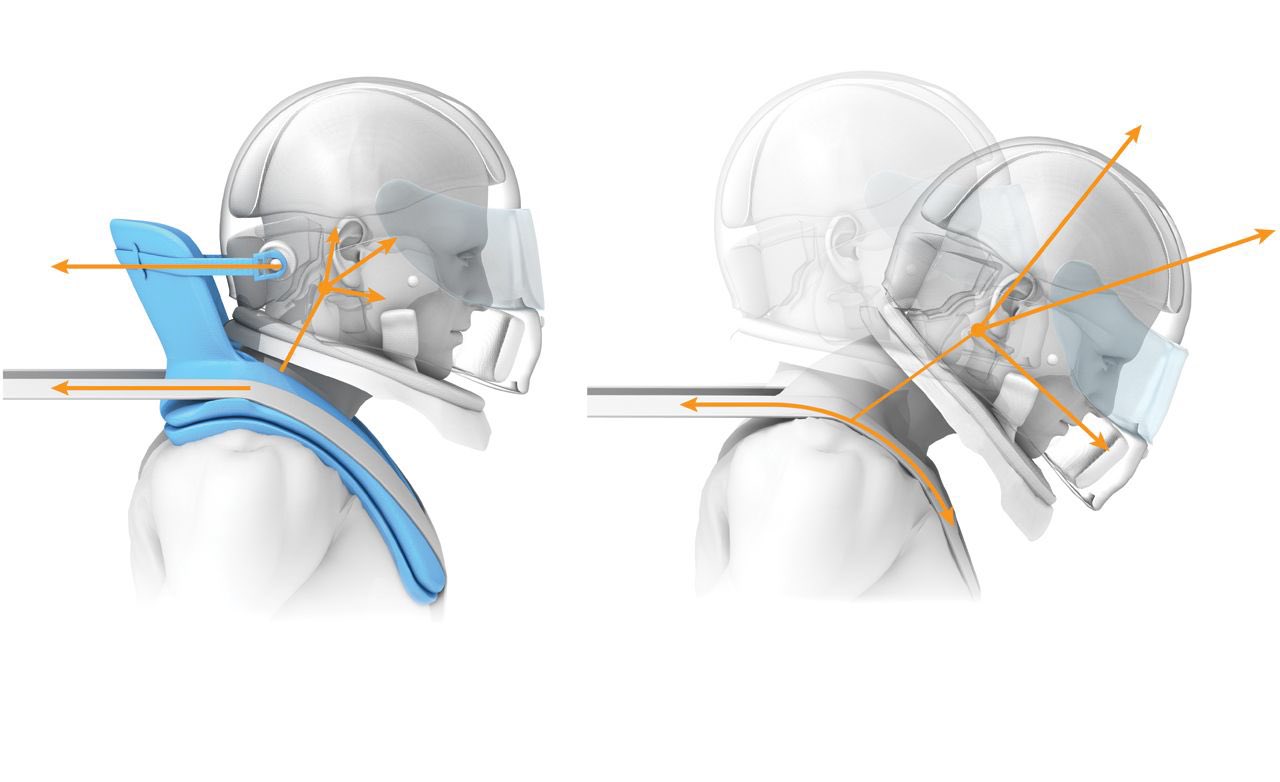Dale Earnhardt's Fatal Basilar Skull Fracture: The Crash & Legacy
Can a single moment irrevocably alter the trajectory of a sport, forever changing its landscape? The tragic death of Dale Earnhardt, a NASCAR icon, at the Daytona 500 in 2001, stands as a stark testament to this very possibility, a pivotal event that reshaped the sport's safety protocols and legacy.
The roar of the engines, the blinding speed, and the gladiatorial spirit of NASCAR have long captivated audiences. Yet, on February 18, 2001, the Daytona International Speedway was the backdrop for a tragedy that transcended the thrill of the race. Dale Earnhardt, a name synonymous with NASCAR dominance and a figure revered by millions, met his untimely end in the final lap of the Daytona 500. His car, after contact with Sterling Marlin's vehicle, slammed into the turn four wall, an impact that proved instantly fatal.
Earnhardt's death, witnessed live on television by over 17 million viewers, was a watershed moment. It wasn't just the loss of a legendary driver; it was a brutal awakening to the inherent dangers of the sport and the urgent need for enhanced safety measures. The basilar skull fracture, the fatal injury described in the autopsy report, became a grim symbol of this reality. This type of fracture, a break in the base of the skull, is particularly devastating, often caused by high-impact forces.
- Goodmans Appliances More Explore Kitchen Beauty Essentials
- Nashville Tn Obituaries Find Recent Notices Memorials
| Attribute | Details |
|---|---|
| Full Name | Ralph Dale Earnhardt Sr. |
| Born | April 29, 1951, Kannapolis, North Carolina, USA |
| Died | February 18, 2001, Daytona Beach, Florida, USA |
| Cause of Death | Basilar Skull Fracture |
| Nickname | "The Intimidator," "Ironhead" |
| Years Active | 1975 2001 |
| Teams | Richard Childress Racing (primarily) |
| Career Highlights | 7-time NASCAR Winston Cup Series Champion (tied for the most all-time), 76 career Cup Series wins, 34 poles, 1980 NASCAR Winston Cup Series Rookie of the Year, 1998 Daytona 500 Winner |
| Inductions | NASCAR Hall of Fame (inaugural class, 2010) |
| Legacy | One of the most influential drivers in NASCAR history, known for his aggressive driving style and unparalleled success. His death led to significant safety improvements in the sport. |
| Reference | NASCAR Official Website |
The impact of the crash was devastating, the consequences instant. The broken lap belt, though a contributing factor, underscores the intensity of the forces involved. Doctors interviewed later confirmed that the basilar skull fracture was the primary cause of death. The impact resulted in a fatal basilar skull fracture, and Earnhardt was pronounced dead at Halifax Medical Center shortly after the crash.
Earnhardt's death was not an isolated incident. It was a tragic punctuation mark in a period that saw other NASCAR fatalities, including Adam Petty and Tony Roper, within a relatively short timeframe. Petty, like Earnhardt, suffered a basilar skull fracture in a crash, highlighting the vulnerability of drivers to this specific type of injury. The fact that Petty was only 19 at the time of his death, compared to Earnhardt's age of 49, underscores that age was not a mitigating factor.
The circumstances surrounding Earnhardt's final race lap further amplify the tragedy. In that final lap, a tap from Sterling Marlin sent Earnhardt's car careening into the turn four wall, sealing his fate. This turn of events, viewed by millions, transformed from a racing spectacle to a moment of profound loss.
- Karen Read Case Dog Bites Coverup New Details Emerge
- Hamburger Factory In Poway A Review What To Expect
The crash and its aftermath sparked an immediate and intense focus on safety in NASCAR. The incident demanded immediate, comprehensive changes to mitigate the risks drivers faced. The investigation that followed revealed critical areas for improvement, leading to changes that would forever change the sport.
The legacy of Dale Earnhardt Sr. extends far beyond his on-track accomplishments. His influence, both as a driver and a personality, is undeniable. He was a force of nature on the track, known for his aggressive driving style and his willingness to take risks. Off the track, he was a charismatic figure, beloved by fans for his authenticity and his unwavering determination.
One of the most significant changes was the mandatory use of the Head and Neck Support (HANS) device. This device is a crucial component of driver safety, designed to limit head and neck movement during a crash, and significantly reduce the risk of basilar skull fractures. The HANS device, combined with other advancements such as improved seat belts and safer car designs, has drastically reduced the number of fatalities in NASCAR since Earnhardt's death.
In the years since, the sport has implemented a variety of safety measures, including improvements to the race cars themselves, the tracks, and the safety equipment worn by drivers. These combined advancements have turned NASCAR into a much safer sport, and that progress is directly attributable to the changes sparked by Earnhardt's death.
The echoes of that day in Daytona still resonate. The interviews with contributors to the industry reveal the lasting impact of the crash. The death was picked as the most pivotal moment in NASCAR history. The sport's evolution, its commitment to safety, and its enduring appeal all owe a debt to the memory of Dale Earnhardt. The loss of Earnhardt prompted the NASCAR community to confront the perils of the sport directly, and the changes made in the aftermath of his death continue to save lives.
The 2021 Daytona 500 and many races held after, while filled with the excitement and drama that define NASCAR, are also a testament to the legacy of Earnhardt and the commitment to safety that his death catalyzed. The zero fatalities in the twenty years following the accident underscore the progress made.
It's impossible to ignore the poignancy of Earnhardt's own words, his comments about the inherent dangers of racing and the vulnerability of drivers. These prophetic statements, made before his fatal crash, reflect his awareness of the risks he faced. His death, a stark reminder of those risks, fueled the drive for continuous improvement in the pursuit of safety.
The story of Dale Earnhardt is one of triumph, tragedy, and transformation. He was a champion, a legend, and a man who, even in death, helped to shape the future of the sport he loved. His legacy, etched in the annals of NASCAR history, is a reminder of the human cost of this thrilling sport, and the enduring importance of prioritizing safety. It's a legacy that continues to inspire and influence, a testament to his indelible mark on the world of motorsports.
- Direct Fairways Lawsuit Reviews What You Need To Know
- May 29 Zodiac Gemini Traits Compatibility Horoscope Insights

Basilar Skull Fracture Dale Earnhardt

Basilar Skull Fracture Dale Earnhardt

Basilar Skull Fracture Dale Earnhardt